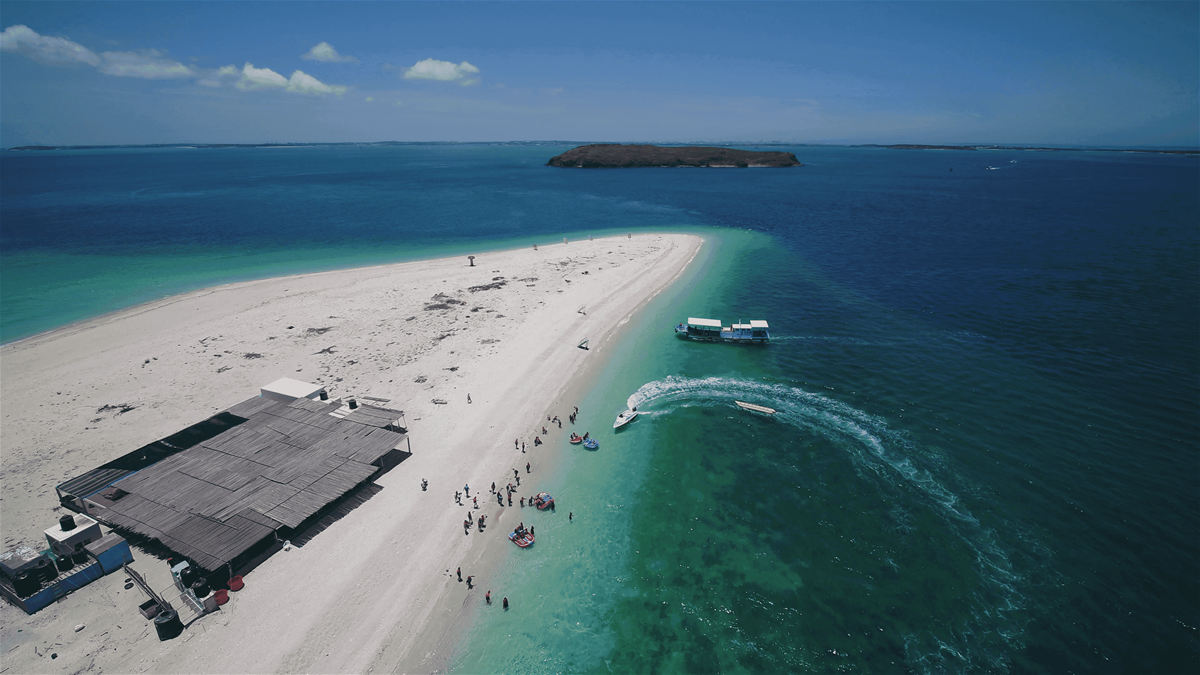Pengpeng Beach Introduction
Pengpeng Beach is located in Baisha Township, situated between Bird Island and Yuanbei Island. Its formation is due to the action of ocean currents that have washed sands from Jibei Island, Bird Island, and Yuanbei Island out to the sea, creating a natural sandbar. In 1986, aided by Typhoon Wayne, these sands gathered to form a beach island, which has since remained above water even at high tide. With continuous accumulation, the current end gradually connects with Bird Island, allowing for a crossing during low tide. Pengpeng Beach has a long and narrow shape, composed of white coral fragments, shells, and quartz. The end of the beach sways with the ocean tides and currents, resembling a white dragon flicking its tail in the water, which is why it is also known as "Living Dragon Beach." Here, visitors can enjoy a variety of water activities such as snorkeling, banana boat rides, and jet skiing. You can also try "transparent kayaks" or "SUP (Stand Up Paddleboarding)" that combines features of both surfing and kayaking, ensuring a fun experience! Besides thrilling water activities, Pengpeng Beach is also an ecological conservation area. From April to October each year, many terns, primarily the Roseate Tern and the Crested Tern, come here to breed and reside. As a result, the county government has designated three-quarters of the sandbar as a seabird protection area, prohibiting visitor access to avoid disrupting the birds' natural ecology.
























